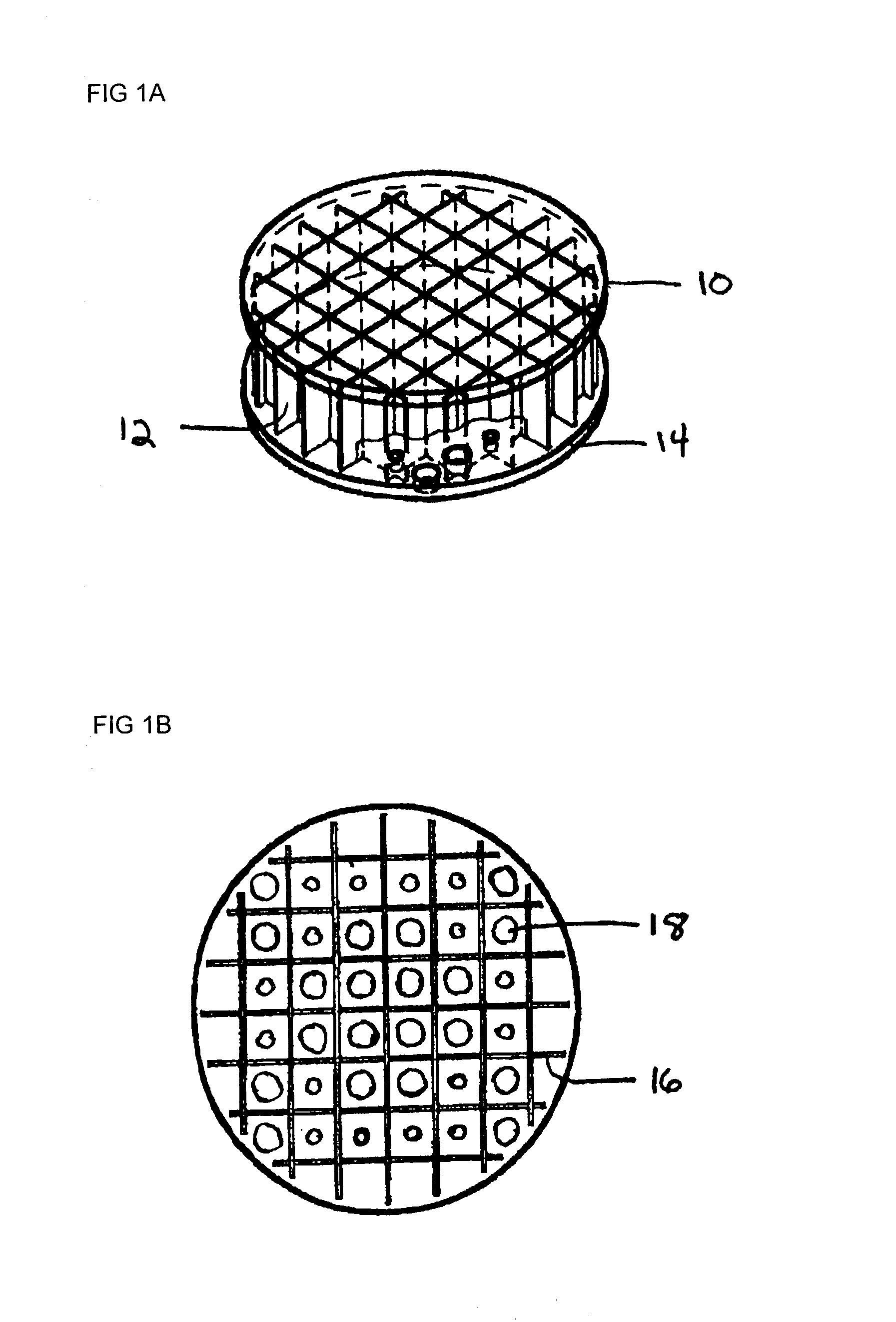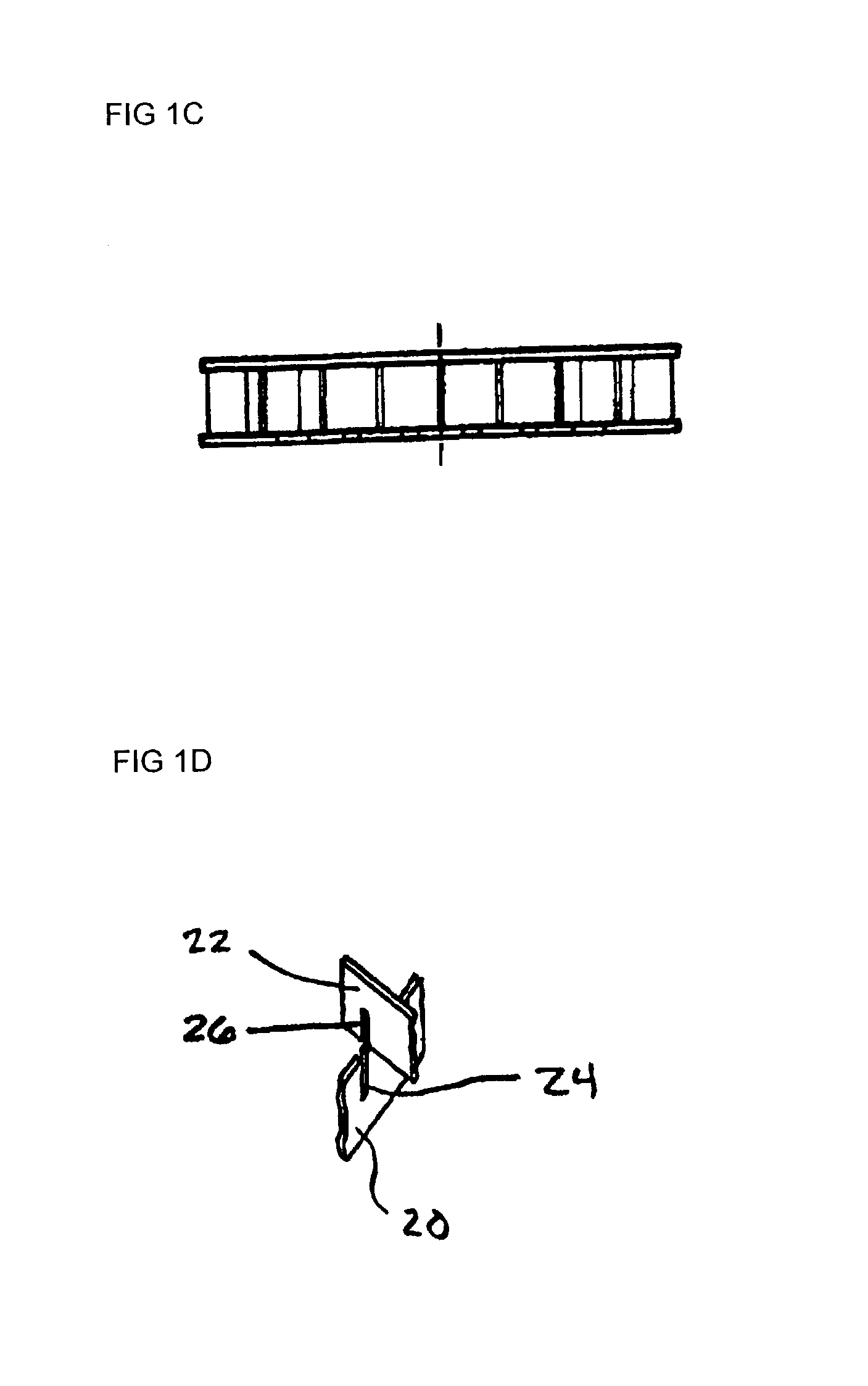Glass ceramic composite of mirror blank
- Summary
- Abstract
- Description
- Claims
- Application Information
AI Technical Summary
Benefits of technology
Problems solved by technology
Method used
Image
Examples
Embodiment Construction
[0112] Zerodur.RTM. samples with approximate dimensions of 60.times.25.times.25 mm were used for all joining experiments. One of the 25.times.25 mm faces on each sample was polished, with a surface figure of at least 1 / 3.lambda.(200 nm peak to valley, this surface will be referred to as the joining surface), while the other 25.times.25mm face was simply polished to a transparent finish.
[0113] The joining surfaces were cleaned using various solutions. First, the samples were ultrasonically cleaned in a 10:90 volumetric ratio of Micro Cleaning Solution and deionized H.sub.2O. The samples were then rinsed with deionized H.sub.2O before being ultrasonically cleaned with 3.0 M KOH.sub.(aq) solution. After cleaning with KOH.sub.(aq) solution, the samples were rinsed with deionized H.sub.2O, ethanol and methanol before being dried with deionized N.sub.2 gas. Finally, a CO.sub.2 sno-gun was used to remove particulate debris from the joining surfaces. The clean samples were placed within a c...
PUM
| Property | Measurement | Unit |
|---|---|---|
| Time | aaaaa | aaaaa |
| Time | aaaaa | aaaaa |
| Time | aaaaa | aaaaa |
Abstract
Description
Claims
Application Information
 Login to View More
Login to View More - R&D
- Intellectual Property
- Life Sciences
- Materials
- Tech Scout
- Unparalleled Data Quality
- Higher Quality Content
- 60% Fewer Hallucinations
Browse by: Latest US Patents, China's latest patents, Technical Efficacy Thesaurus, Application Domain, Technology Topic, Popular Technical Reports.
© 2025 PatSnap. All rights reserved.Legal|Privacy policy|Modern Slavery Act Transparency Statement|Sitemap|About US| Contact US: help@patsnap.com



